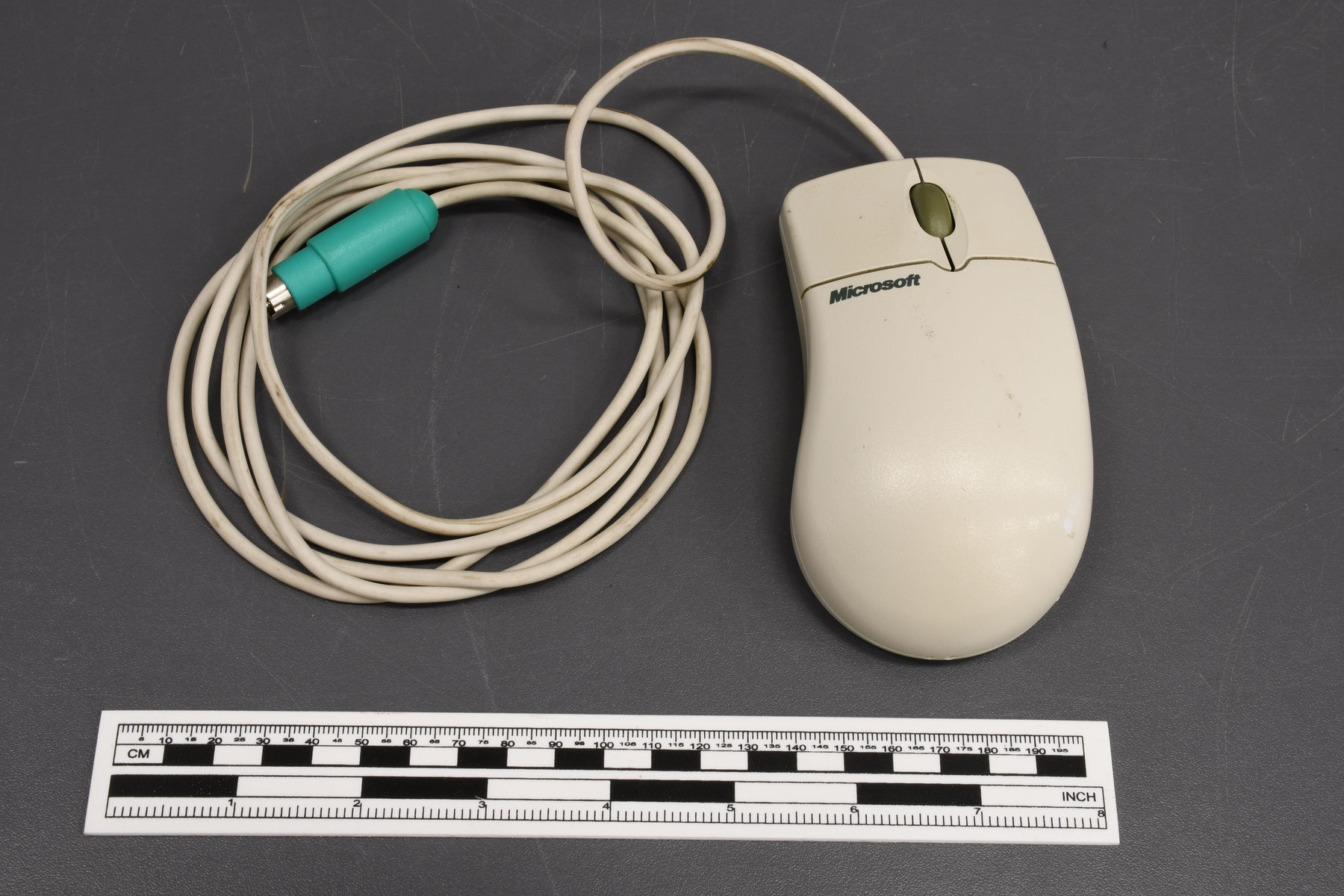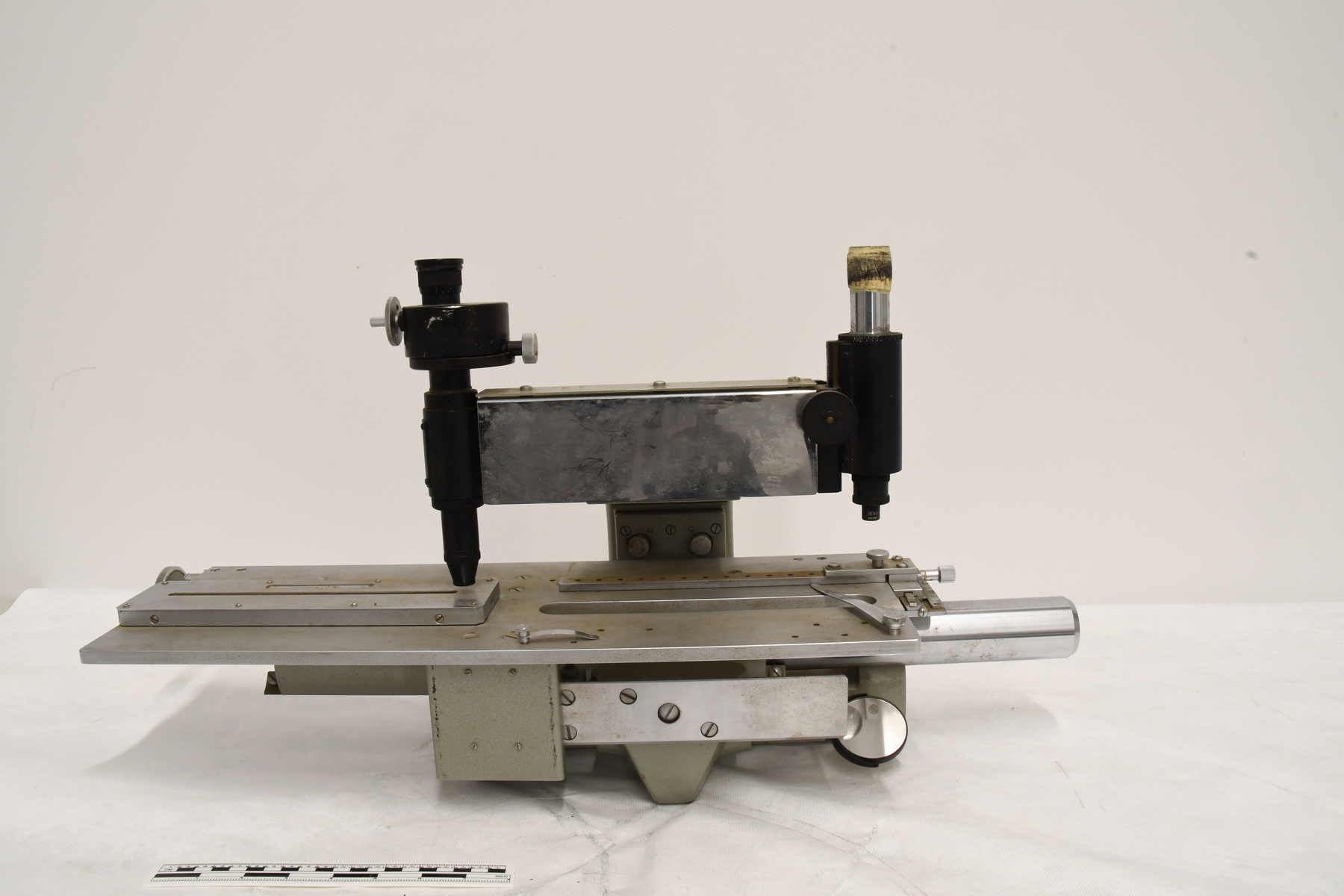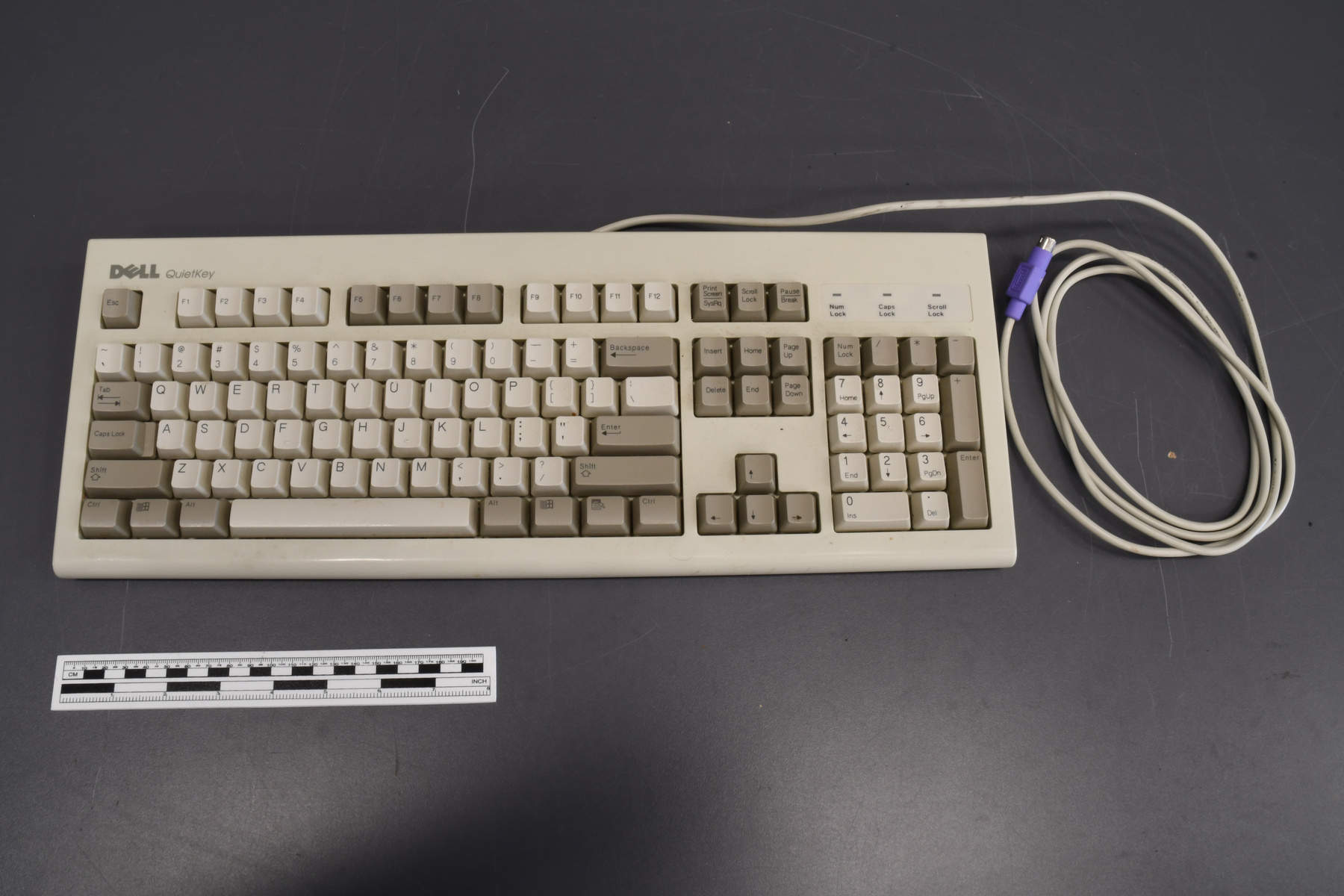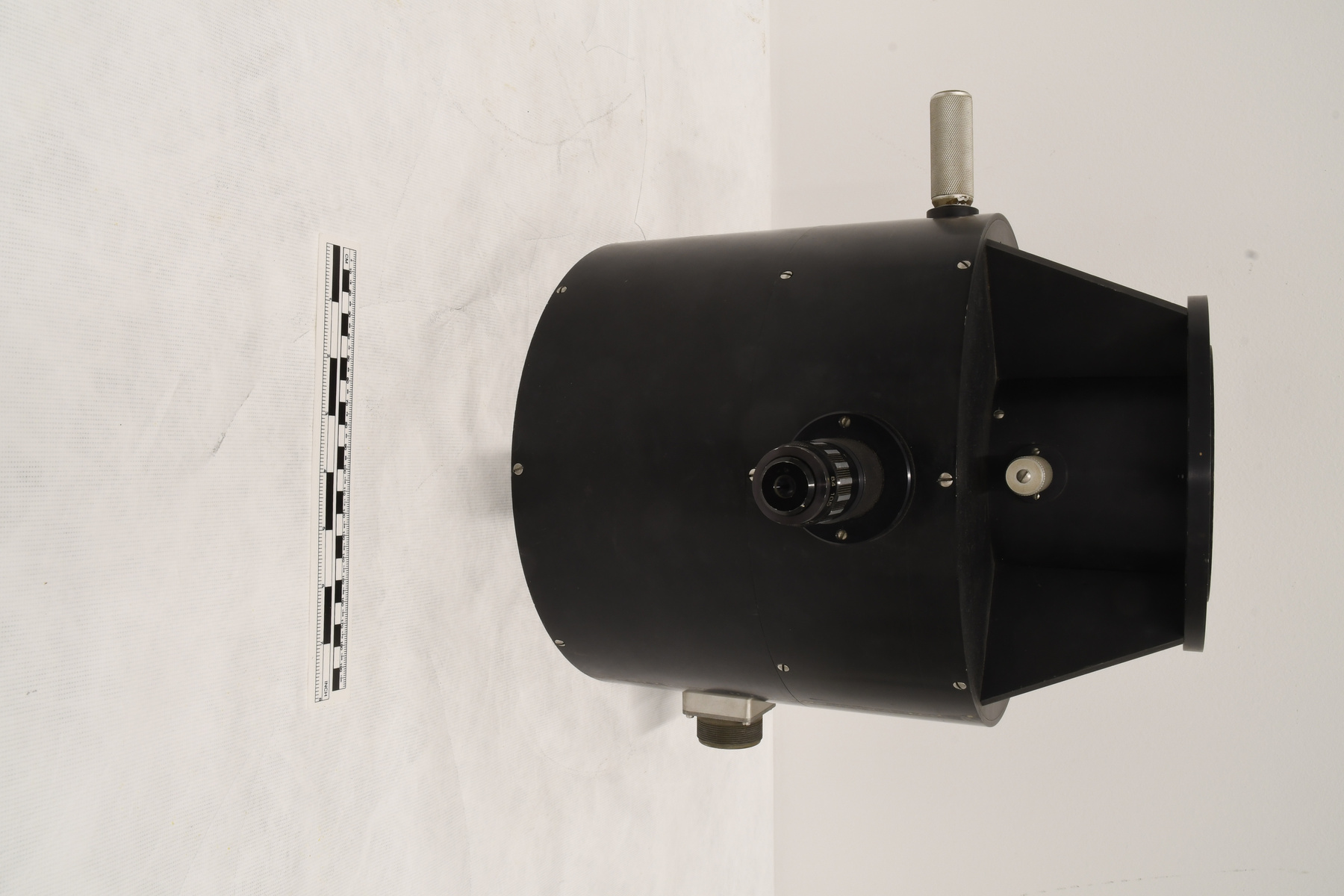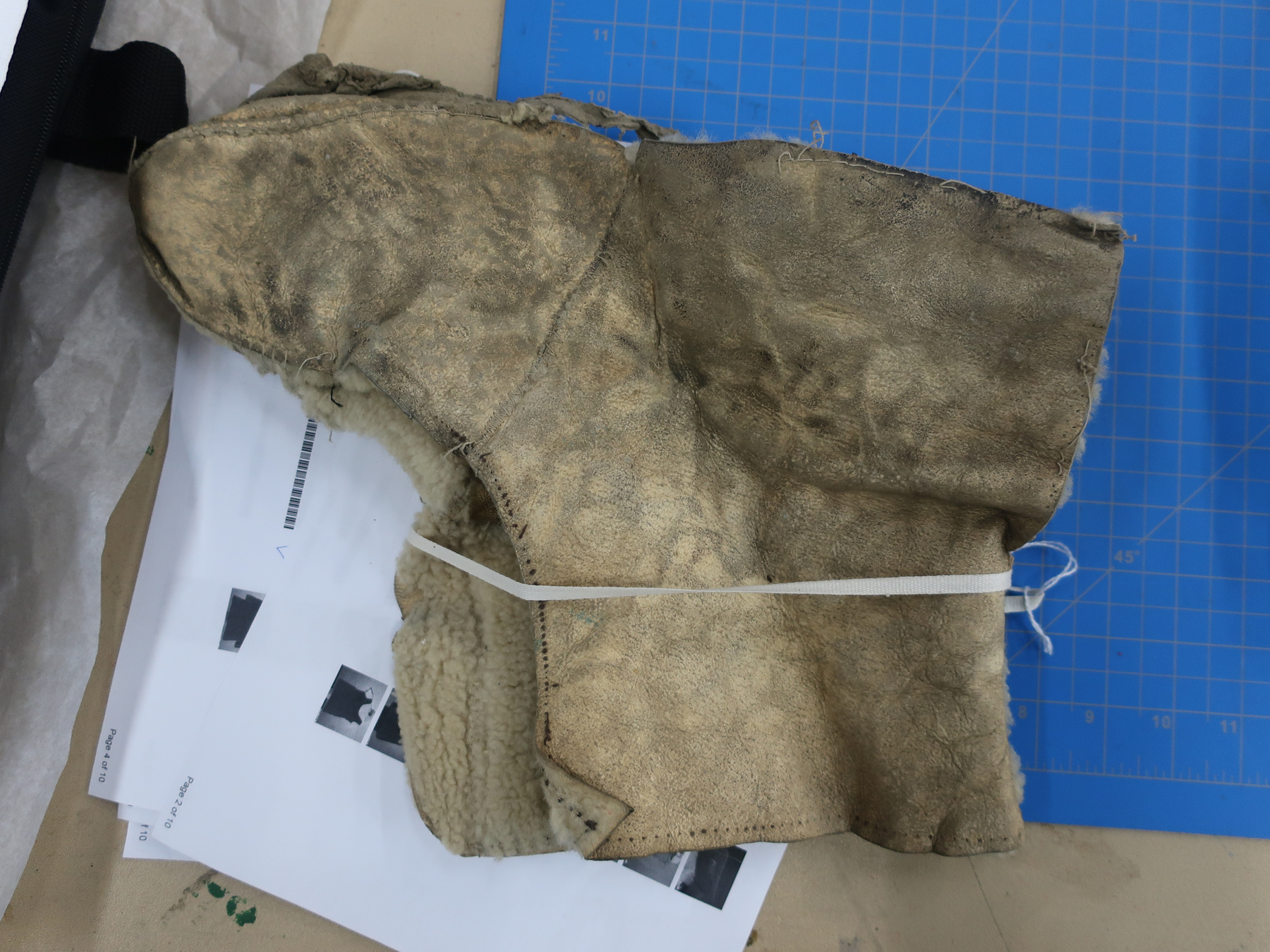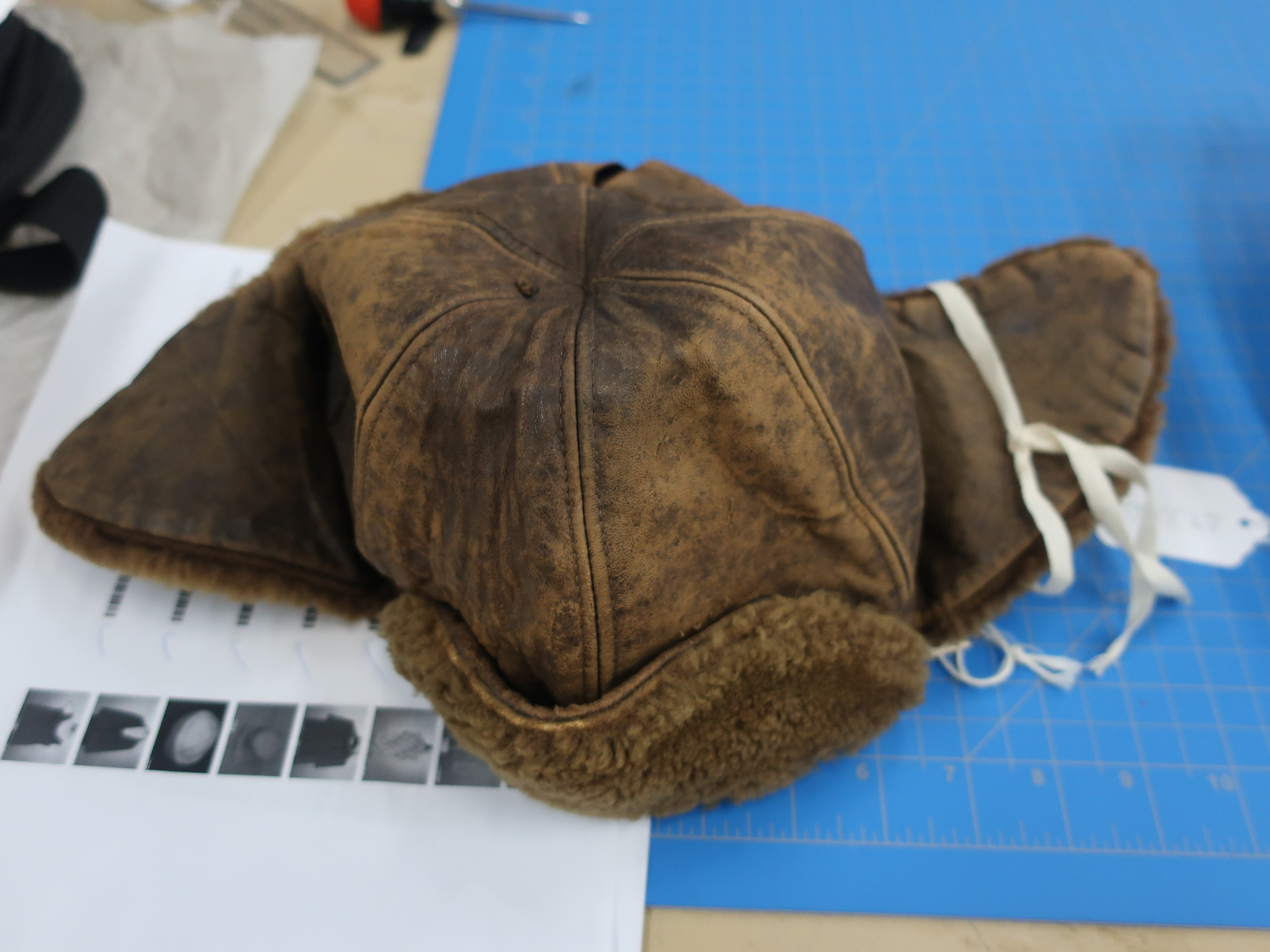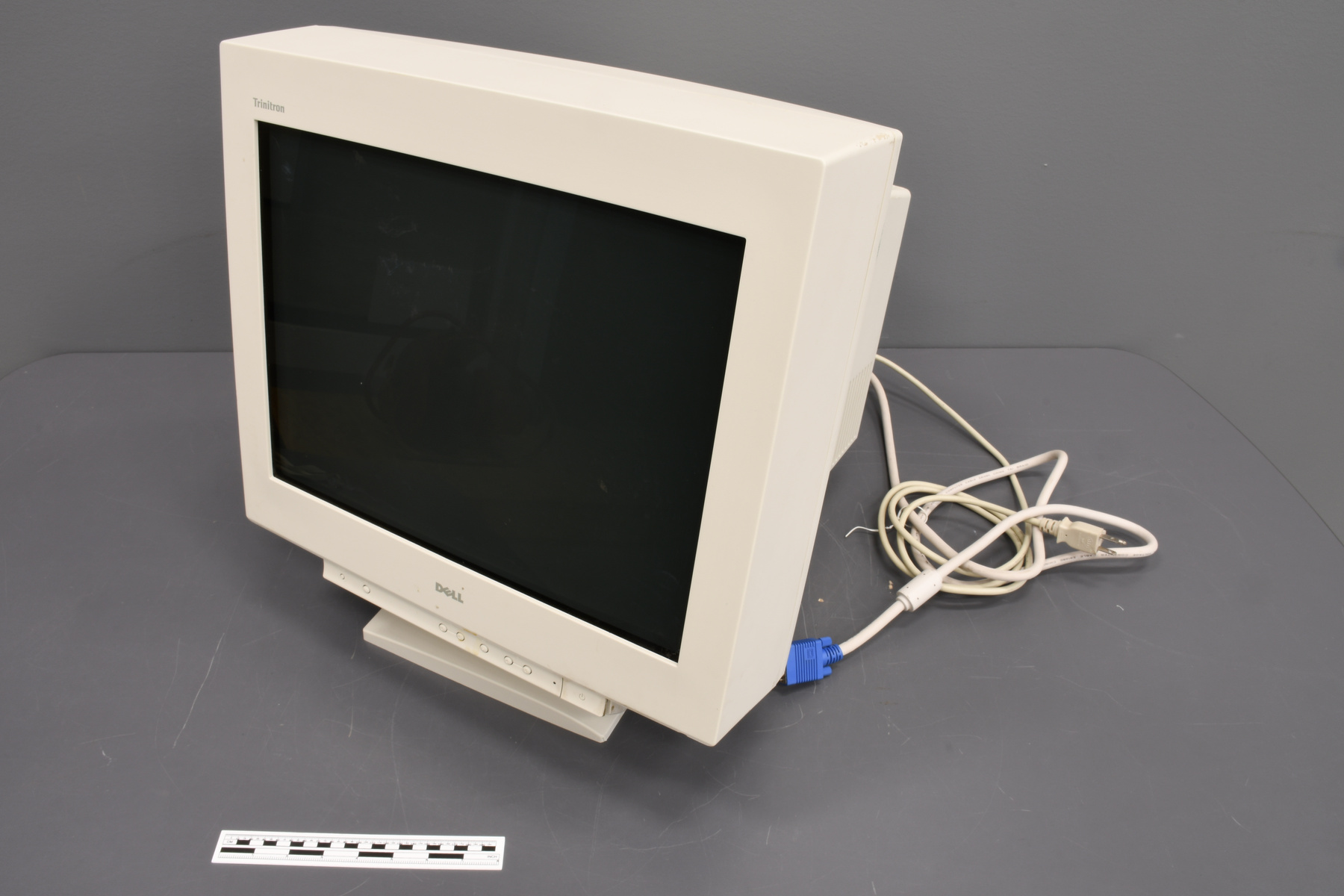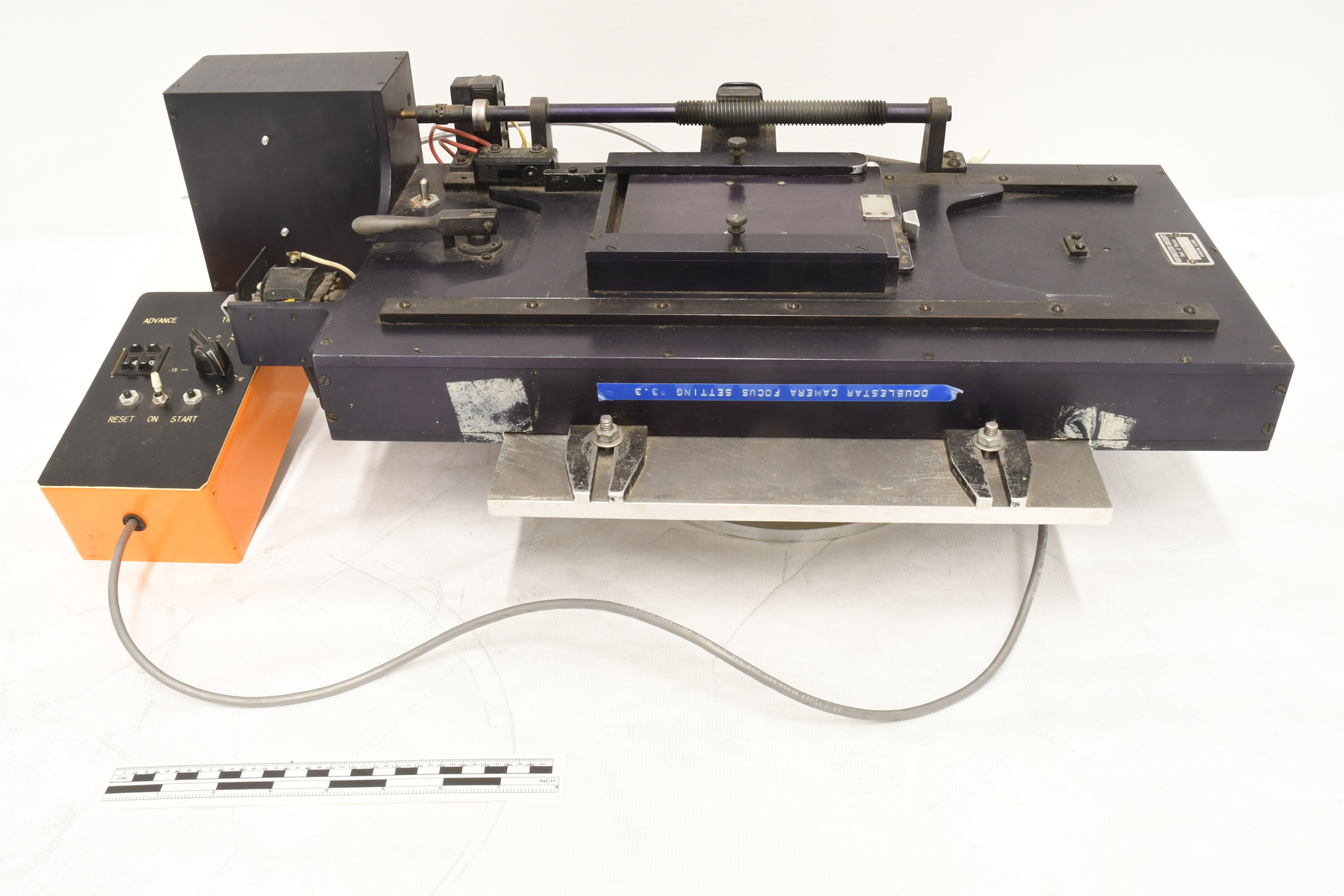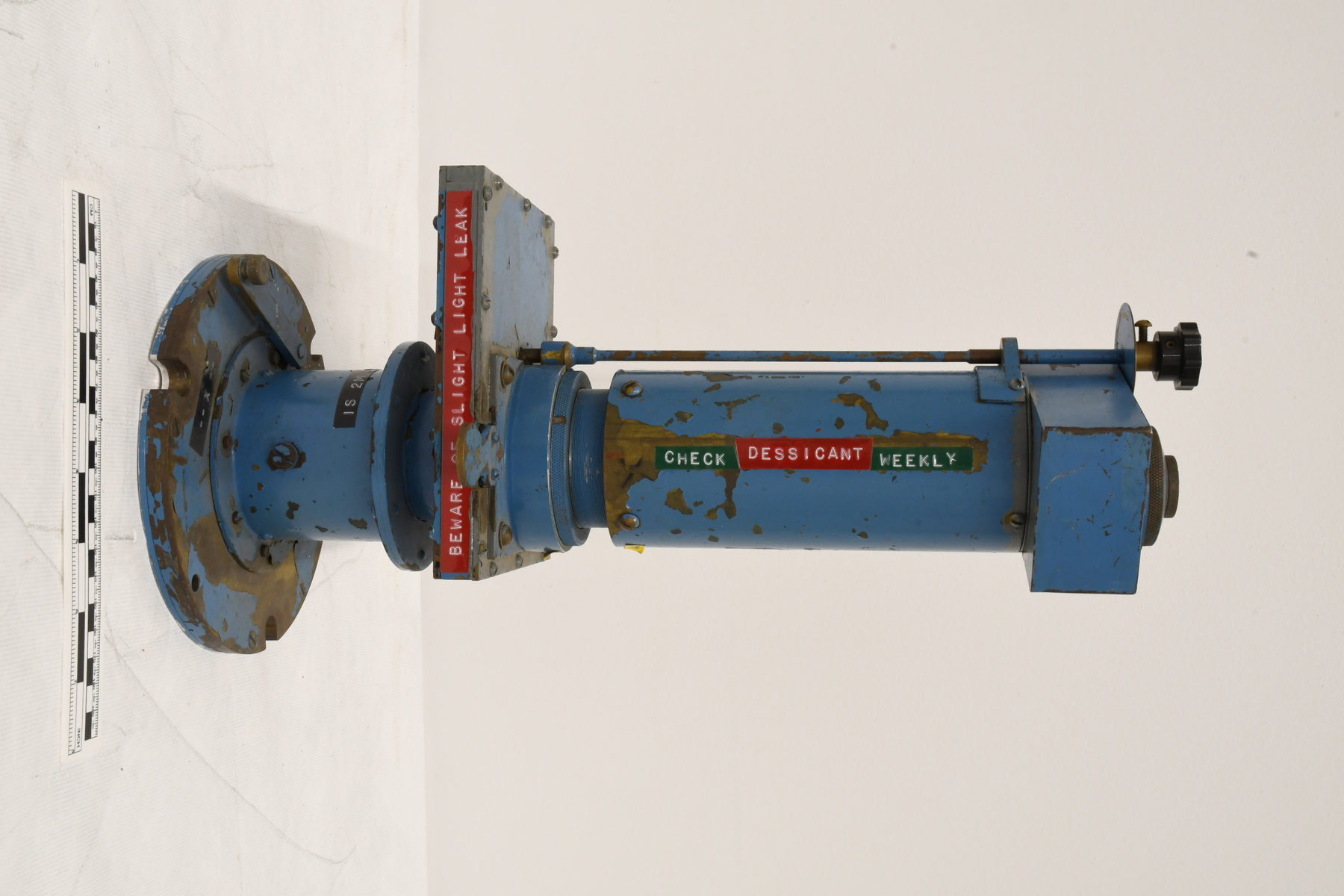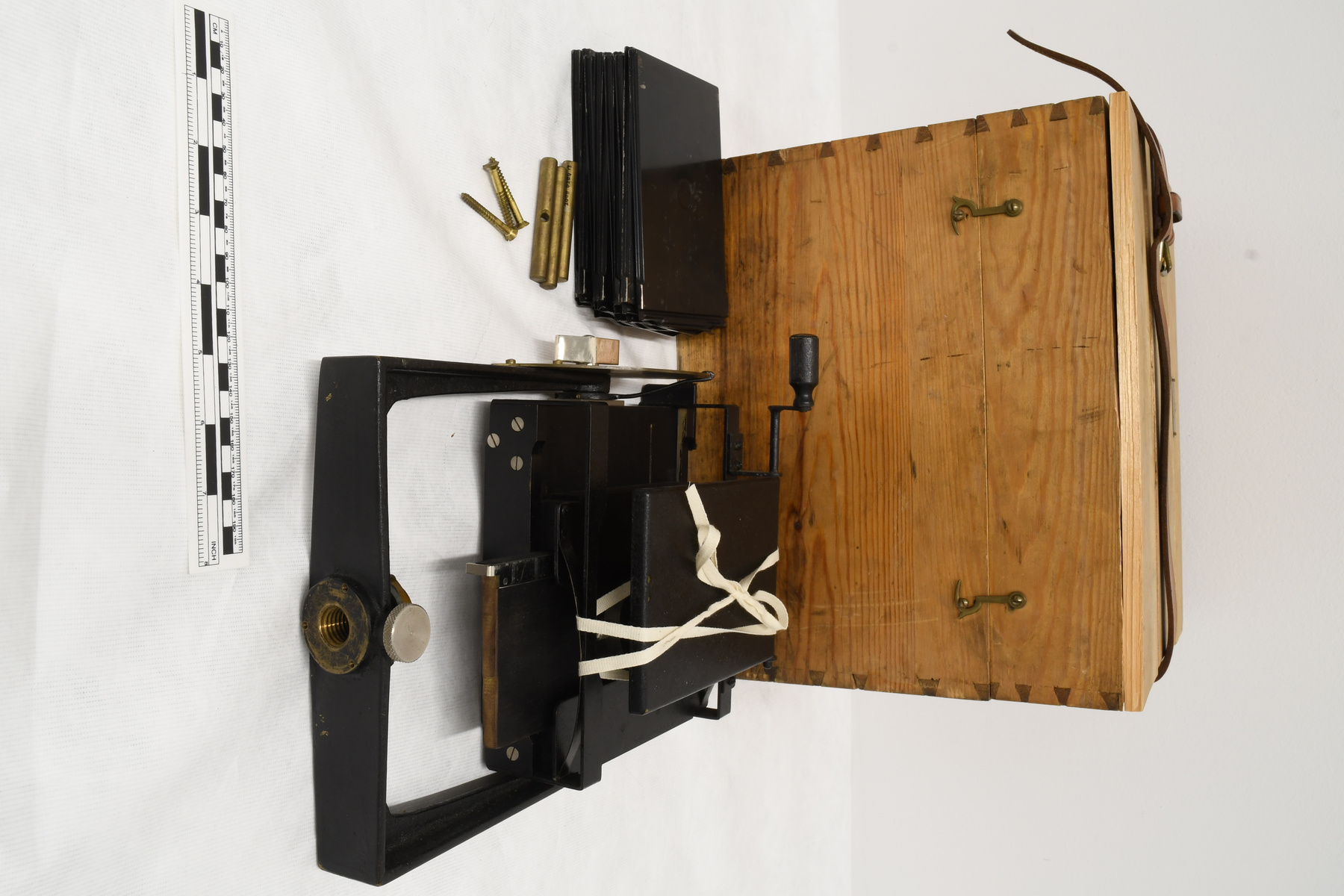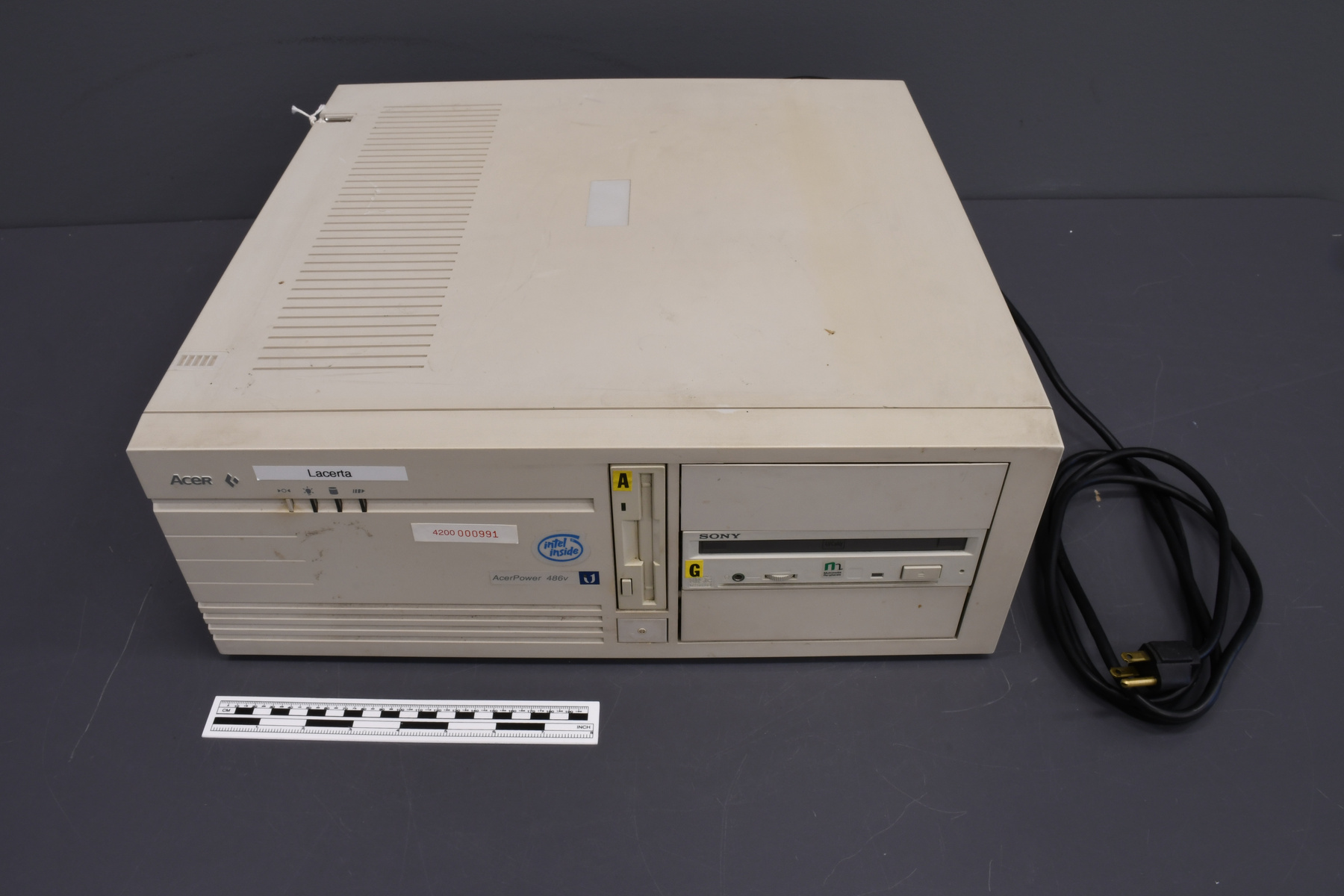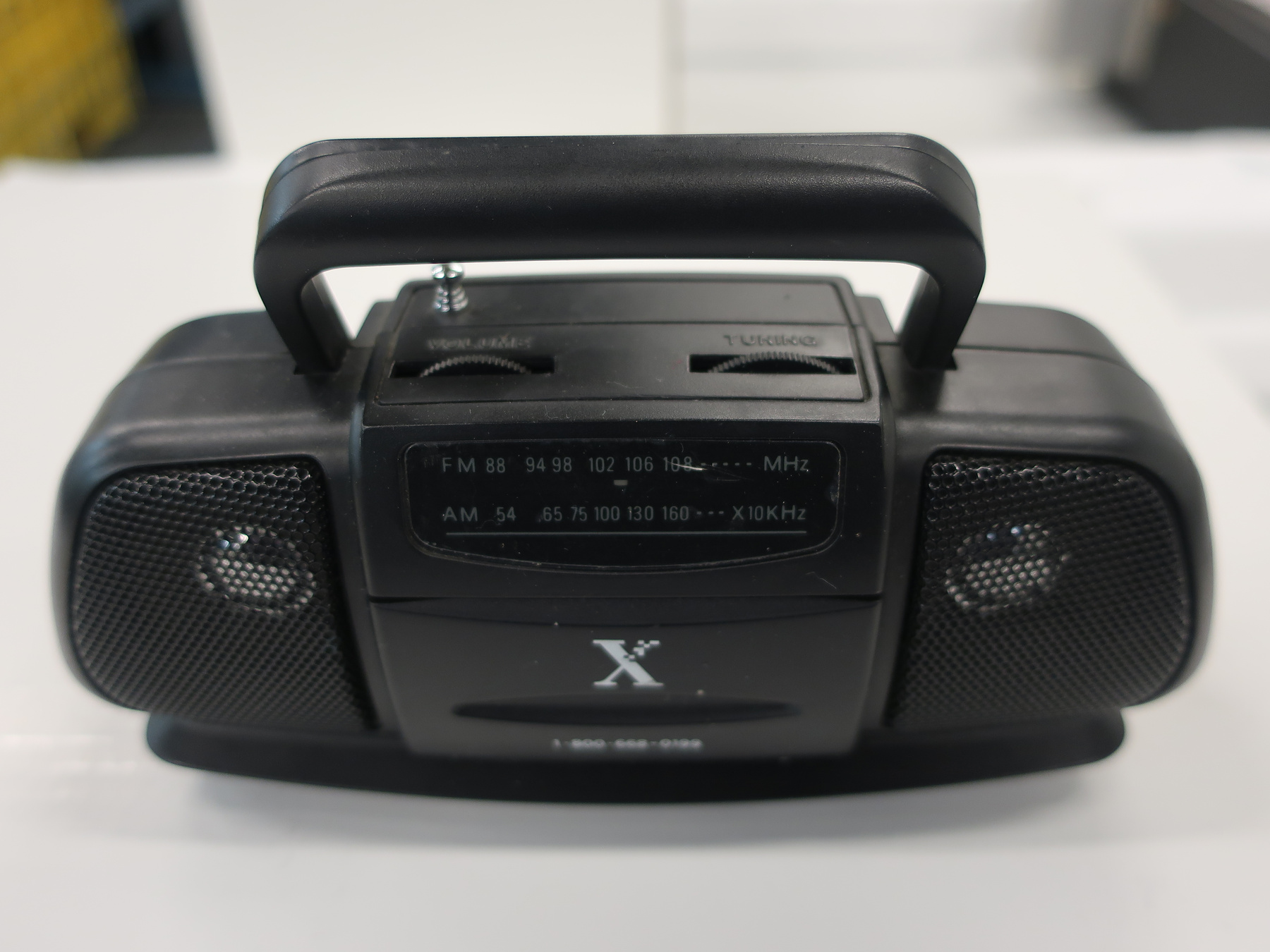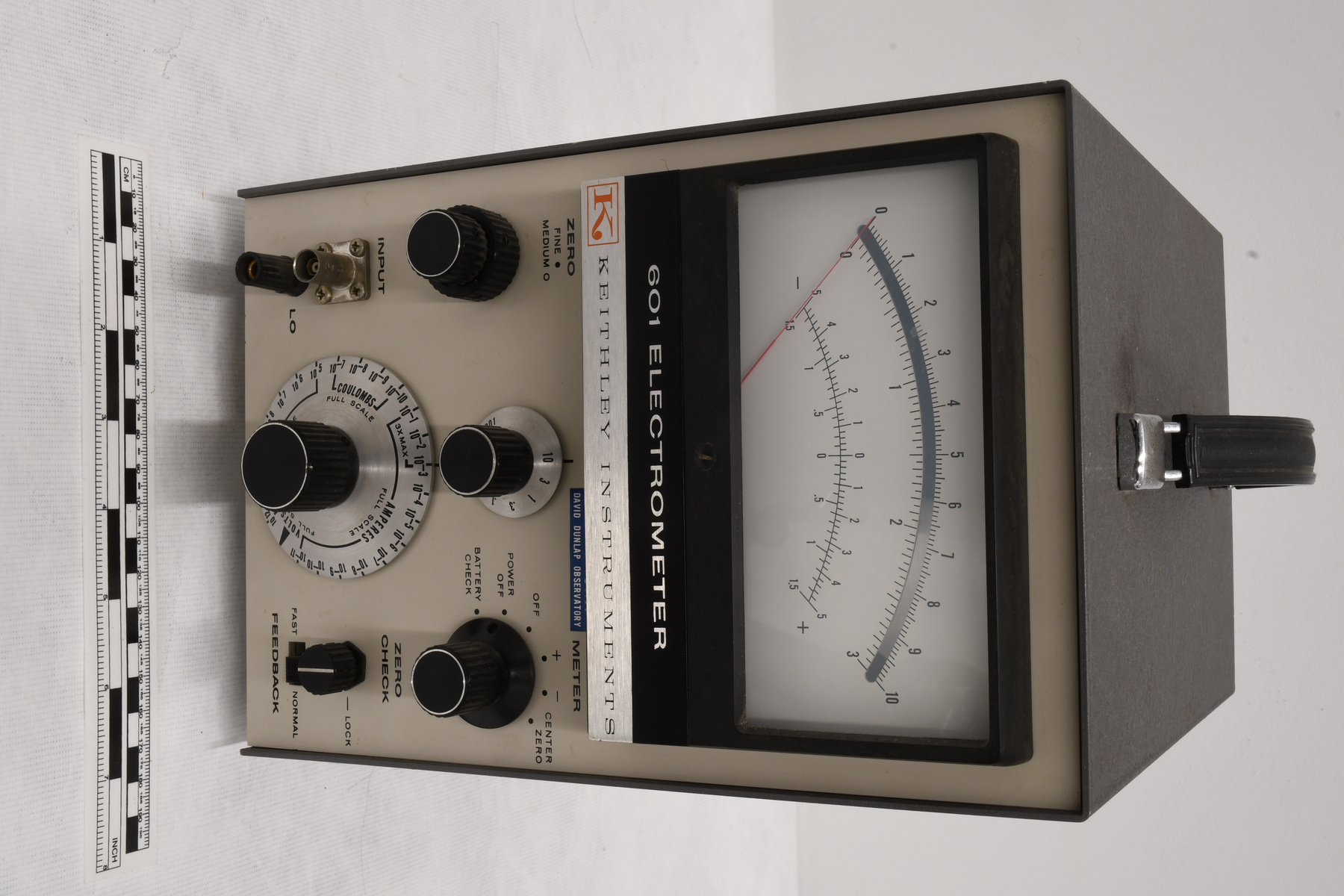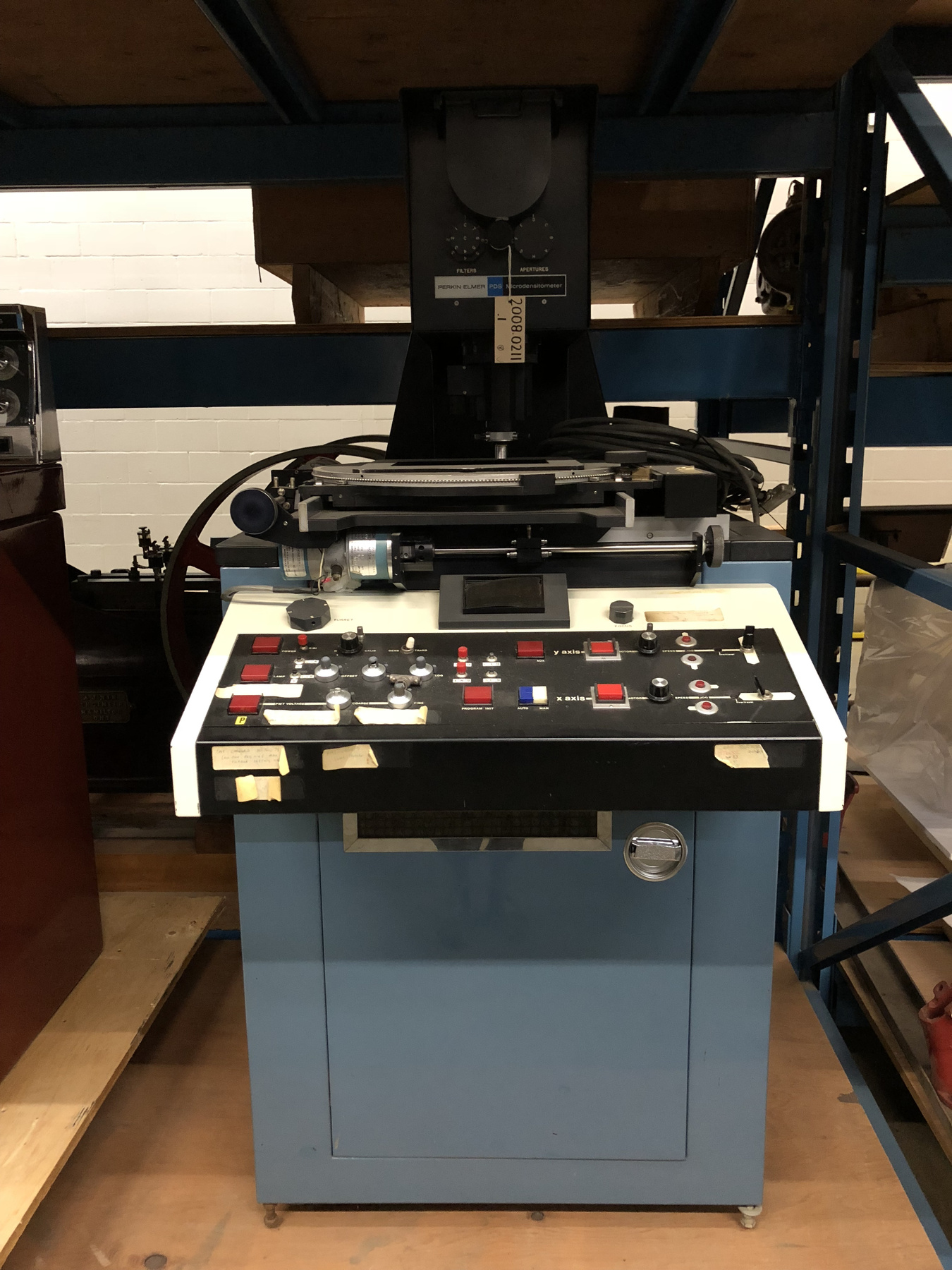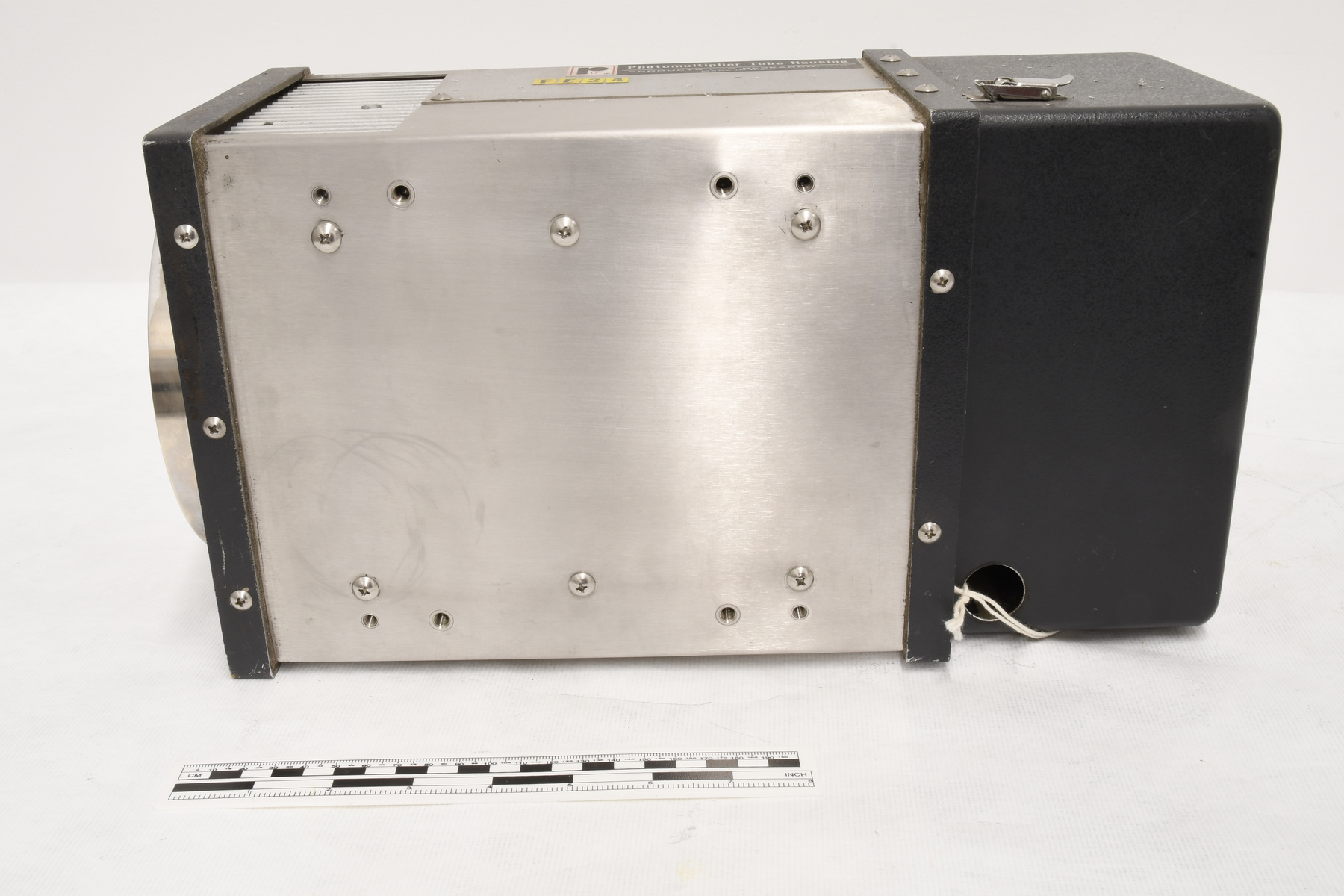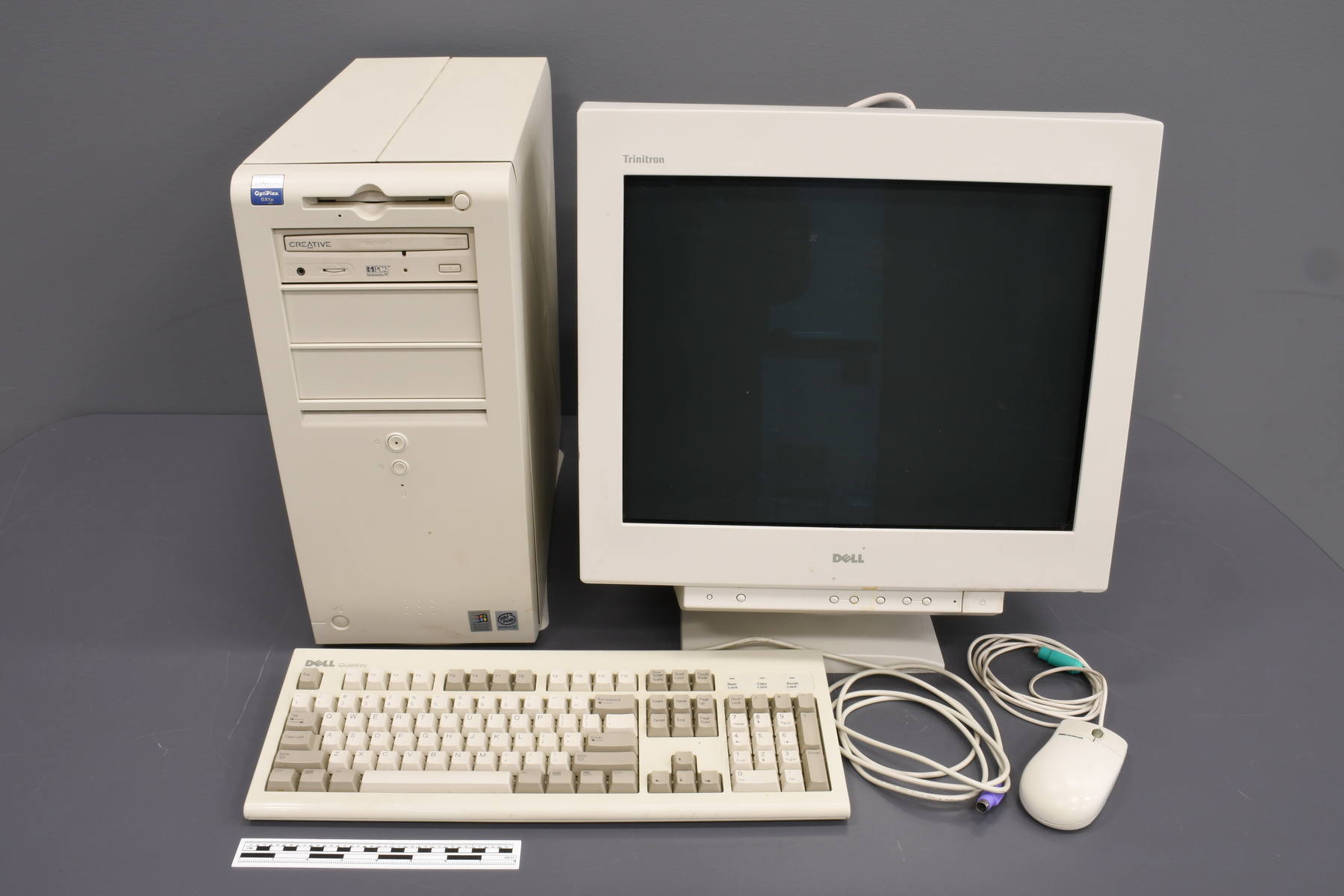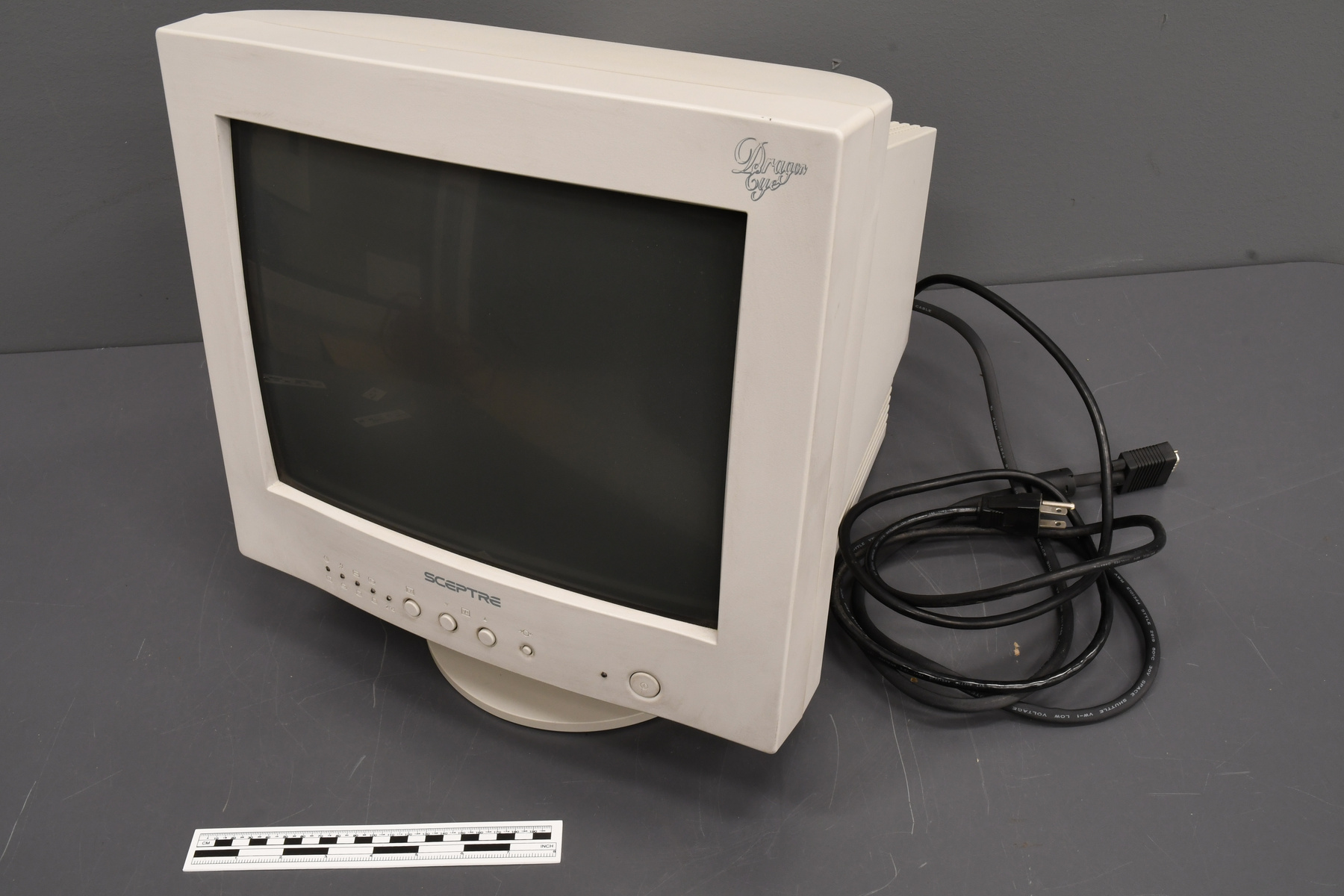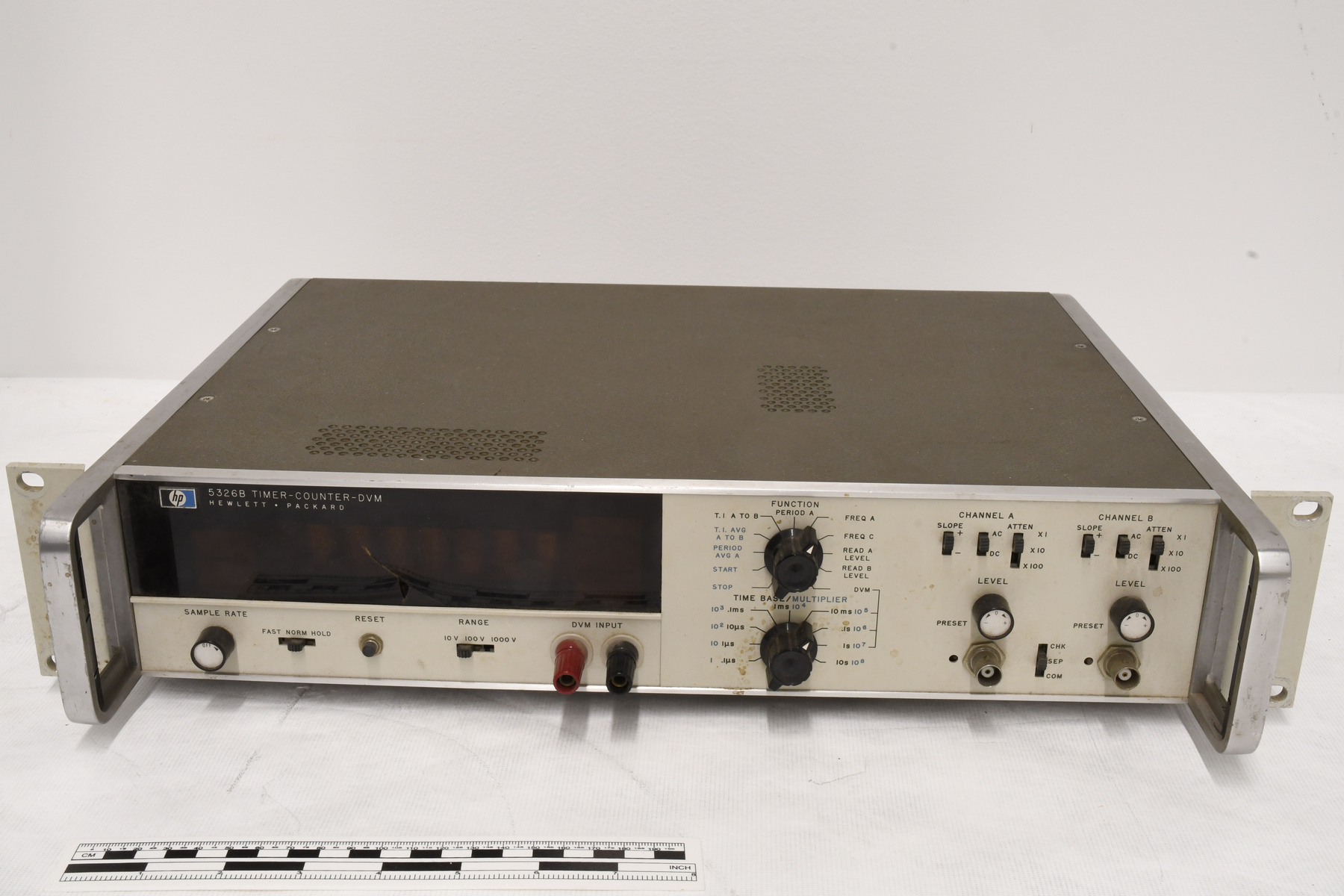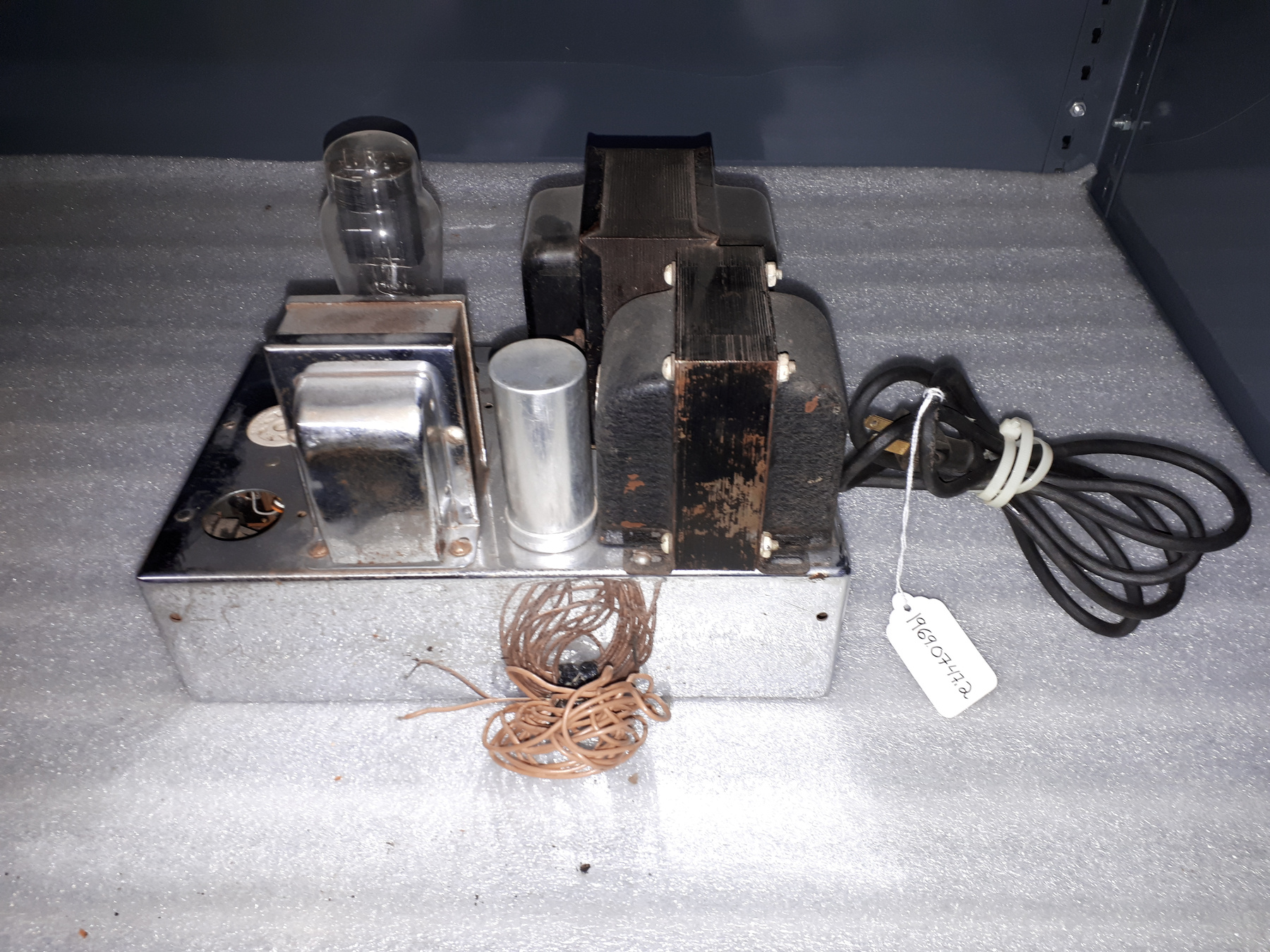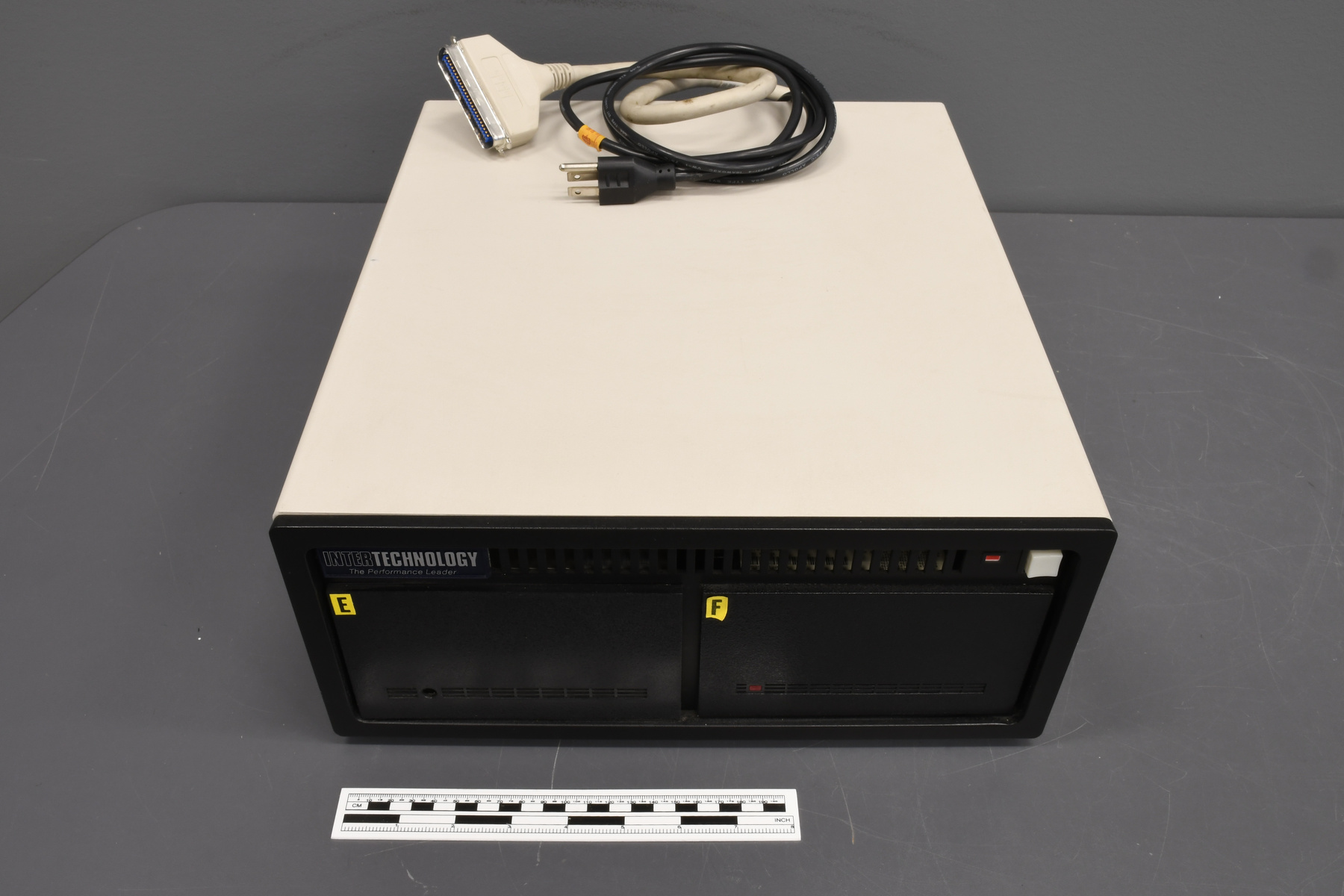Photograph
Use this image
Can I reuse this image without permission? Yes
Object images on the Ingenium Collection’s portal have the following Creative Commons license:
Copyright Ingenium / CC BY-NC-ND (Attribution-NonCommercial 4.0 International (CC BY-NC 4.0)
ATTRIBUTE THIS IMAGE
Ingenium,
2008.0232.003
Permalink:
Ingenium is releasing this image under the Creative Commons licensing framework, and encourages downloading and reuse for non-commercial purposes. Please acknowledge Ingenium and cite the artifact number.
DOWNLOAD IMAGEPURCHASE THIS IMAGE
This image is free for non-commercial use.
For commercial use, please consult our Reproduction Fees and contact us to purchase the image.
- OBJECT TYPE
- glass plate
- DATE
- 1976
- ARTIFACT NUMBER
- 2008.0232.003
- MANUFACTURER
- Unknown
- MODEL
- Cassiopeia A
- LOCATION
- Unknown
More Information
General Information
- Serial #
- N/A
- Part Number
- 3
- Total Parts
- 4
- AKA
- N/A
- Patents
- N/A
- General Description
- Glass plate/ photographic emulsion
Dimensions
Note: These reflect the general size for storage and are not necessarily representative of the object's true dimensions.
- Length
- 12.7 cm
- Width
- 10.0 cm
- Height
- N/A
- Thickness
- N/A
- Weight
- N/A
- Diameter
- N/A
- Volume
- N/A
Lexicon
- Group
- Photography
- Category
- Still images
- Sub-Category
- N/A
Manufacturer
- AKA
- Unknown
- Country
- Unknown
- State/Province
- Unknown
- City
- Unknown
Context
- Country
- Canada
- State/Province
- Ontario
- Period
- 1976+
- Canada
-
A photograph of an astronomical phenomenon used at the David Dunlap Observatory at the University of Toronto, one of Canada’s most important astronomical observatories. The David Dunlap Observatory opened in 1935 as the result of a bequest from the wife of David Dunlap. The telescope was a 74 inch (188 cm) reflector built by Grubb Parsons of Newcastle-upon-Tyne in England. The 74 inch was then the largest telescope in Canada (surpassing the 72 inch telescope of the Dominion Astrophysical Observatory in Victoria) and became the second largest in the world after the 100 inch Hooker Telescope of the Mt. Wilson Observatory outside Los Angeles. DDO's reputation grew and following WWII, it began to graduate most of the astronomers produced in Canada with University of Western Ontario far behind. Beginning in the 1960s a number of other astronomy departments were created but UofT/DDO held its place, a position it probably still holds. The DDO had a good technical staff which gave them an advantage and, with most of the 1940s to early 1970s top astronomers coming from UofT, grants from NRC and then ENSERC were almost guaranteed and allowed UofT's top astronomers -- Hogg, van den Berg, Fernie, Bolton, Kamper, Martin, etc. to acquire or build some of the best equipment available in university observatories. For optical observatories, only the DAO had technical staff and budgets that surpassed those of DDO. In 2007, citing increasing light pollution, the University of Toronto announced plans to sell the Observatory property. In June 2008, it was sold to Corsica Development Inc., a subsidiary of Metrus Development Inc. and the Observatory was closed. In 2009 the Observatory buildings and 80% of the site were designated a cultural heritage landscape. Also in 2009 Corsica and the Royal Astronomical Society of Canada, Toronto Centre announced an agreement allowing the RASC to provide public education and outreach programs at the observatory, and to operate the 188 cm telescope. - Function
-
A photographic medium upon which is recorded a visual image of astronomical phenomena or events, in two-dimensional format. This is one of a set of two plates used with a blink comparator, an astronomical instrument that shows in rapid succession two images of the same region of the sky taken at different times. It switches back and forth between the two photographs, allowing the user to more easily spot objects in the night sky that have changed position (Refs. 4-5) - Technical
-
One of a pair photographic plates used with the DDO’s Zeiss Blink comparator. The blink comparator was developed at Carl Zeiss in 1904 and was a major advance in astronomical instrumentation. The comparator showed in rapid succession two images of the same region of the sky taken at different times. Their change in position made celestial bodies stand out in the foreground, thus simplifying the search considerably. One major discovery made with a Zeiss blink comparator was that of Pluto, in 1930 at Lovell Observatory in Arizona. Dr. Karl Kamper of DDO used the blink comparator to study the expansion of the Cas A [Cassiopeia A] supernova which was a significant achievement. In 1976 Drs. Karl Kamper and Sidney van den Bergh of DDO published the definitive proper motion study of the Cas A supernova remnant based on observations spanning 25 years. In two subsequent papers, they extended the baseline to nearly 40 years. Cassiopeia A is a supernova remnant in the constellation Cassiopeia. The observer for this plate seems to have been the eminent Canadian astronomer Sidney van den Bergh [b 1929] of DDO and the Dominion Astrophysical Observatory. It seems that this plate was created using the 200-inch (5.1 m) Hale Telescope (f/3.3) at Palomar Observatory in San Diego, CA, was the world's largest effective telescope for 45 years (1948-1993). - Area Notes
-
Unknown
Details
- Markings
- None
- Missing
- Complete
- Finish
- Black and white image on colourless, transparent glass
- Decoration
- N/A
CITE THIS OBJECT
If you choose to share our information about this collection object, please cite:
Unknown Manufacturer, Photograph, 1976, Artifact no. 2008.0232, Ingenium – Canada’s Museums of Science and Innovation, http://collection.ingeniumcanada.org/en/item/2008.0232.003/
FEEDBACK
Submit a question or comment about this artifact.
More Like This
















